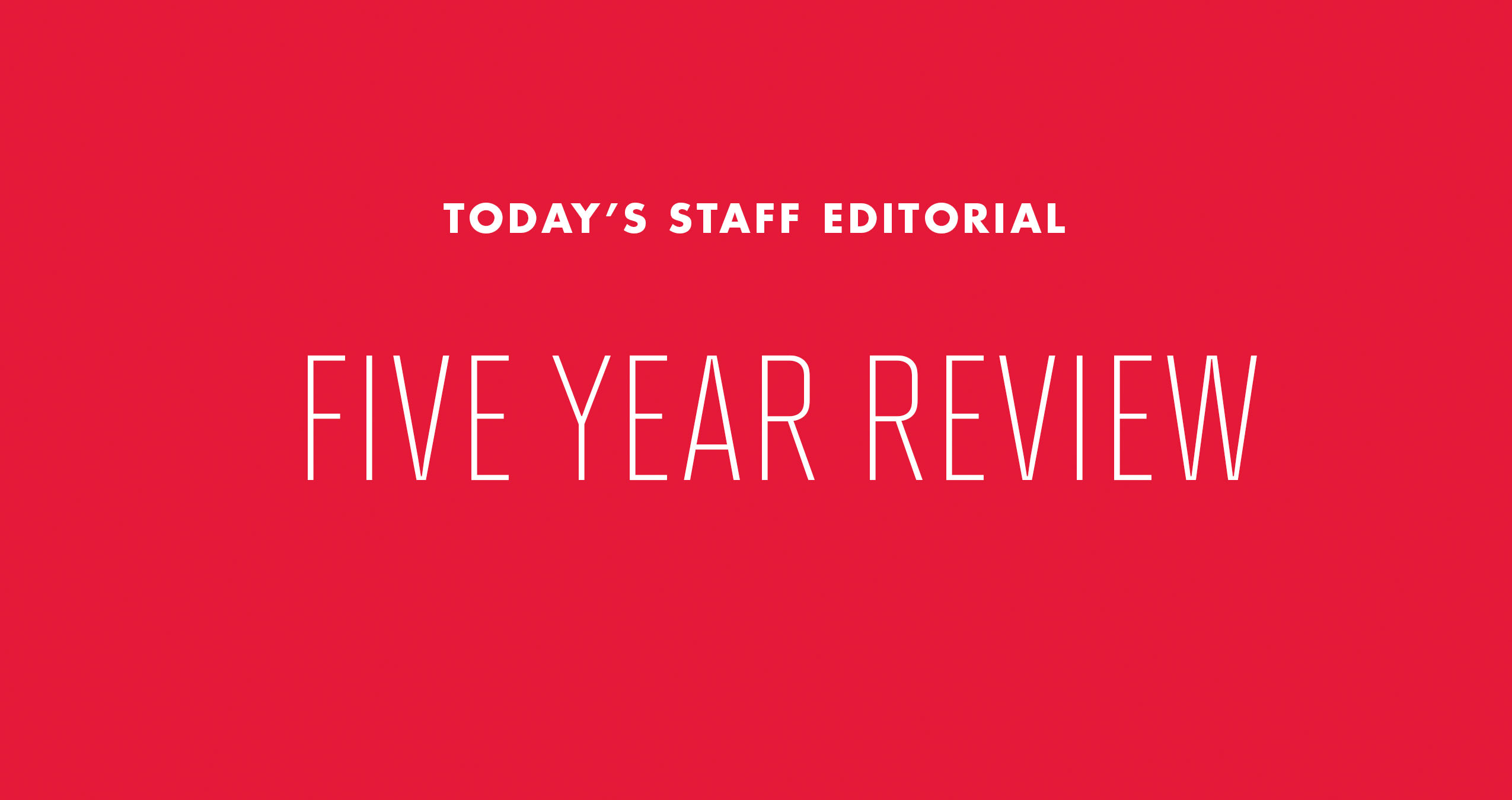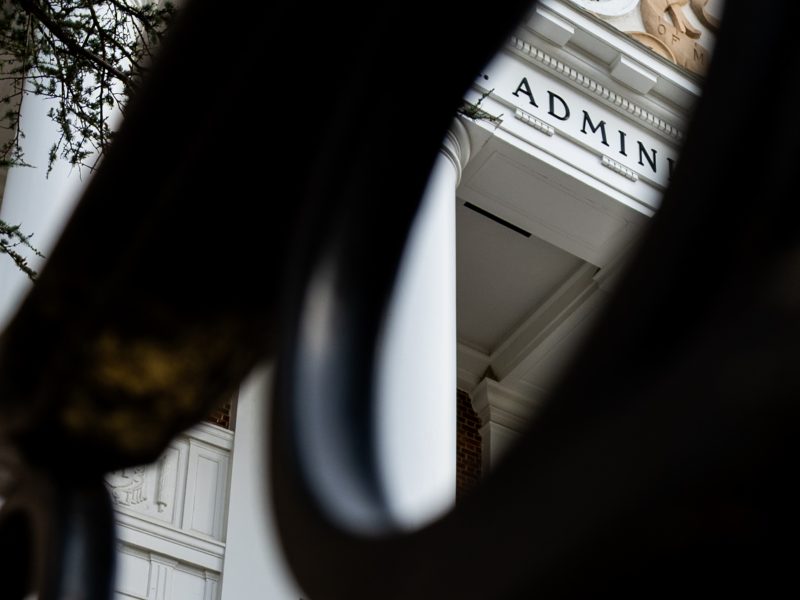It’s been five years, three months and some spare change since university President Wallace Loh first took office in College Park.
That’s long enough for most of the students enrolled during his earliest days at the helm to have come and gone, long enough for a tide of 22 new administrative cabinet and dean hires, long enough for the turnover of academic life to run its course as faculty and staff build their careers here or move on to others.
Some stay just for a while. Some make this university their lives’ work.
It’s not yet clear how long Loh will remain at this university, but regardless of the length of his tenure, the campus he inherited won’t be the one he leaves behind.
As detailed in a comprehensive review released today by the university, Loh’s five years have seen the university join the nation’s top 20 public universities, according to U.S. News and World Report, and dozens of individual programs rank among the country’s finest.
It’s welcome news for the university’s students, who kept themselves busy during Loh’s early years as well. Last year marked a historic high in students’ academic credentials — average high school GPA and SAT score — and graduation rates, placing the university among the top 15 flagship schools nationwide.
A wave of federal, state and private investment also has boosted the profile of the university’s research and degrees, with exciting projects still in the works — the Edward St. John Learning and Teaching Center, the Iribe Center for Computer Science and Innovation and the large-scale Cole Field House renovations.
Over the past few years, the full-time faculty, adjuncts and lecturers who form the university’s educational core have seen some long-standing concerns addressed, too, be it revamping the appointment, promotion and tenure process or restructuring employment tracks.
Just off the campus, Loh has helped draw developers and firms to the city, bringing new housing and retail options to students and collaborating with city officials to transform College Park into a newly attractive option for startups and major corporations alike. With the Greater College Park initiative in full swing and a look back at what it’s already accomplished, the city might just will itself into a top-20 college town by the turn of
the decade.
Of course, Loh’s also weathered his fair share of controversy since 2010
as well.
Officials went so far as to assign him a security detail after he announced the university’s move from the Atlantic Coast Conference to the Big Ten Conference. (The switch, derided by Terrapins die-hards as an underhanded money grab that would tarnish the university’s athletic history, naturally has worked out just fine to date.)
He’s also caught flak from some student activists, who said his reaction to a racist, sexist email sent in January 2014 didn’t go far enough to ensure inclusivity and safety and criticized his indecision regarding the Maryland Stadium name change.
All the while, though, Loh’s words and actions have indicated a profound concern for the student body and the university community at large, whether in his address to the campus after 2013’s heartrending murder-suicide or as the university stomached severe budget cuts last winter.
Whatever your benchmarks for success as a university encompass, it’s likely Loh has striven to reach them in his first five years and more importantly, he’s probably achieved them.
While there’s a ways to go before the university achieves the loftiest academic and development goals it’s set for itself, Loh’s first five years hint that the successes will keep rolling in.



